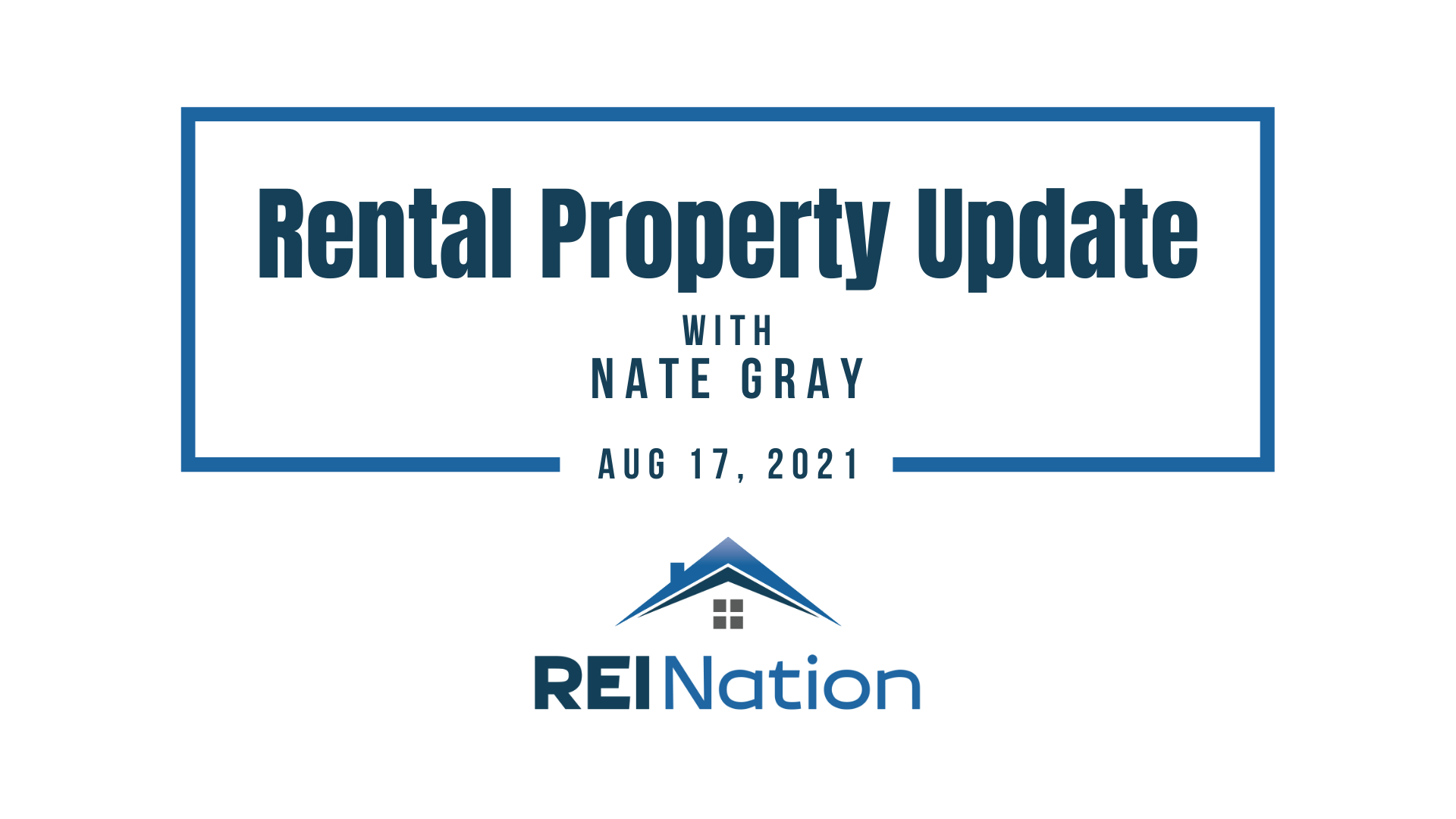
While the word “recession” dominated economic discussion throughout 2020 and 2021, “inflation” is the new buzzword among economists. You can’t throw a rock without hitting a report about the U.S. inflation problem.
Investors have a vested interest in the economic conditions of the day, regardless of strategy or asset classes. While the past does not dictate the future, it does provide us with valuable indicators as to the possible twists and turns of the market.
Understand the past and get well-acquainted with the present. It will help you make the most informed investment decisions possible.
How and Why Inflation Occurs
Let’s take a step back, to Econ 101.
Inflation is simply the measure of the rate of rising prices for goods and services in and economic market. Inflation is inevitable, but it can cause economic turmoil – particularly when need-based goods and services are impacted. The rising costs of fuel, housing, and groceries, for example, are some of the most contentious and worrisome trends in the 2021 U.S. economy.
Inflation ultimately makes your dollar worth less. It doesn’t buy as much as it used to. For investors, then, inflation poses a threat to your finances. Your savings accounts, 401ks, stocks, and other types of investments may technically grow over time, but they are not worth what they would have been if not for inflation.
For example, a $100,000 purchase in 2000 would cost you $159,297.33 in 2021 at a cumulative inflation rate of 59.3%.
In the same way, the rate of inflation interferes with investment growth. 5% earned on stocks and bonds, for example, becomes 2% earned if there is a 3% inflation rate.
Countries like the U.S. carefully monitor inflation and adjust financial policy as necessary if inflation is below or above the target rate of 2%.
There is a key relationship between inflation and wage growth. Unfortunately, U.S. wage growth has not kept pace with inflation. Inflation alone is not necessarily “bad” or “good,” but when paired with stagnant wages, it can put a financial vice on U.S. consumers.
Demand-Pull vs. Cost-Push
There are two types of inflation to consider. A period of inflation can be influenced by one of the other, but both are often present in tandem.
demand-pull inflation
This inflation is motivated by increasing demand. It commonly appears after wage growth, tax cuts, or other positive financial indicators that bolster consumer confidence. People become more willing to spend, which increases overall demand for goods and services. Thus, prices increase. Here, inflation points to underlying economic health rather than distress.
cost-pull inflation
This inflation appears when supply is lacking and there is no suitable alternative. We see it most commonly in the oil and gas industry. When refineries are unable to produce, say, after a natural disaster, gas and energy prices increase. Presently, we see cost-push inflation in the real estate market, where there is not only a shortage of properties and land, but a delayed supply chain for essential construction materials.
The State of Inflation in 2021
Where does inflation stand today?
An August 2021 report from the U.S. government demonstrated that inflation is at a 13-year high. The year-over-year CPI (Consumer Price Index, a widely used inflation barometer) shows that consumer costs rose across the board between September 2020 and 2021 as follows:
- All Goods –4%
- Food –6%
- Energy – 8%
- All Goods (Minus Food and Energy) –0%
While there is no formal standard for what a healthy rate of inflation is, the Federal Reserve and policymakers believe that two percent or slightly under is an acceptable inflation rate. At the beginning of 2021, the Federal Reserve was banking on an inflation rate of 1.8% – right on track with healthy inflation.
Unfortunately, that has not been the reality.
In September, the Fed changed their average inflation projection to 4.2% based on the PCE inflation gauge. The CPI, by contrast, saw inflation topping a yearly rate of 5.3%.
If I haven’t made it clear yet, that’s high. The 10-year average on the CPI has been under 2%.
The most notable effects of inflation have been felt at the gas pumps, in grocery stores, and in housing costs. We’re also seeing it in used auto sales, among other industries. In fact, a Bureau of Labor Statistics report shows that as of September 2021, the only CPI category that did not increase was medical care commodities.
Sources of Today's Inflation
We can readily point to the COVID-19 pandemic as the catalyst for today’s turbulent market. COVID didn’t cause all the problems, but it certainly exacerbated a lot of them. We’re mostly seeing that notorious cost-push inflation due to disrupted and stifled supply chains across the board.
The construction sector, for example, came to a screeching halt during 2020 shutdowns. Supplies from lumber to glass were tougher to get and in short supply. Even now, anyone looking to build a house or do home renovations is likely to experience significant delays in getting materials.
Energy, food, tech, and a myriad of other industries have been impacted, particularly when supplies are sourced from overseas.
While the economy seemed to be on the road to recovery at the beginning of 2021, the setbacks posed by the Delta variant plunged the U.S. economy backwards into the same bog as before.
Tight supply, then, means inflation. Additionally, the sudden (if brief) reopening of the economy, combined with stimulus checks and other COVID-era provisions, unleashed pent-up demand. The rush of demand, too, increased prices. We see that, for example, in the increasing nightly hotel rates in response to Americans taking the chance on a much overdue vacation.
Overestimated or Underestimated?
It seems at though the Fed grossly underestimated inflation rates for 2021. However, many economists have swung the pendulum of speculation in the other direction. Inflation is challenging, particularly for lower-income Americans who do not have the extra cash to absorb increasing costs.
Let’s not pretend that inflation is not a problem in the U.S. It is, with many economists calling it a “wolf at the door.”
The Fed does expect inflation rates to return to the 2% range come 2022, but the impact of inflation will resound for some time. Unfortunately, some economists have over-corrected based on the Fed’s initially conservative estimations.
The crisis may be, in some ways, overstated, as a specter of years past rears its ugly head: stagflation.
The Stagflation Factor
Stagflation is a concept referring to a phenomenon wherein the economy is both stagnant and experiencing inflation. The term was used to describe the period in the 1970s during the OPEC oil crisis, Vietnam War, and other economic turmoil that led to a combination of poor economic growth and rising prices.
Before it happened, many economists didn’t even think it was possible.
You’ll see this buzzword today, as the U.S. economy of 2021 does carry some of the warning signs seen fifty years ago. Stagnant wages, for example, make it extremely difficult for Americans to contend with inflation. On top of that, the government’s usual strategies to bolster to economy typically result in – you guessed it – more inflation.
With that said, stagflation is only a possibility. It isn’t the reality yet. Despite what headlines would have you believe, the economy has been growing. The Delta variant put a damper on consumer confidence and caused GDP growth to falter, but with COVID cases largely on the decline and the possibility of further treatment options on the horizon, that confidence is bound to return in 2022.
As COVID’s grip on consumers and supply chains slips, things will return to a more stable, predictable norm. It may just be a matter of “toughing it out” a little while longer.
Challenges from Inflation
The greatest challenges standing in the way of relief from high inflation are:
- Stagnant wages and reactionary price hikes
- Limited housing inventory and land
- The global supply chain bottleneck
- Undermined consumer confidence
- The Catch-22 of economic stimulation paired with existing inflation
In many ways this is only a simplified overview of inflation and its current threat to the health of the U.S. economy. Now, let’s zoom in. Inflation is natural and in normal circumstances, quite healthy. Even when inflation isn’t out-of-control, investors must employ key strategies to prevent inflation from standing in the way of financial independence, retirement, and maximizing wealth.
That’s where real estate comes in.
The Relationships between Real Estate and Inflation
Real estate has been traditionally called a hedge against inflation. This is because the value of real estate tends to increase with inflation, rather than inflation eating into its worth – and your wealth.
Buy-and-hold real estate investors are at the greatest advantage here because of one big factor: time. Buy-and-hold investors worry far less about timing the market and they can bide their time while property values increase, as they traditionally do.
There’s also the dual advantage of passive income and equity. Although income growth in real estate investments may not necessarily keep up with inflation, property values do. When that passive income is used to pay down mortgage debt, equity increases. As property values grow over time, equity increases.
Ultimately, the buy-and-hold investor benefits from appreciation through the years and in minimizing the amount of their own money put towards the mortgage. This, in turn, maximizes equity.
Let’s do some math.
In 1960 and in 1960 dollars, the average U.S. home cost just $11,900. In 2021 dollars, that’s an average cost of $110,280. The average U.S. home today costs $287,148. Even adjusting for inflation, someone who bought a home in the 1960s has more than doubled their money now – and no doubt paid the property off.
We’ve all heard stories of California homeowners who paid five figures for their properties in the 60s only to sell for seven figures decades later. While we won’t all see that kind of windfall, it does demonstrate the power of real estate to keep pace with inflation and increase in value over time.
Is Real Estate Really a Hedge Against Inflation?
Okay, not all properties are created equal as hedges against inflation. It very much depends on your strategy and asset class whether you will find significant benefits. An MIT document points to the fact that, in terms of income, only retail properties keep up with inflation. Property values keep total pace with inflation for retail and residential properties. They’re slightly behind for industrial buildings and the most behind for office spaces.
In addition, your choice between a short-term or long-term strategy greatly determines how much you will benefit from natural appreciation.
Perhaps the biggest challenge facing real estate investors now is simply the cost of real estate. The real estate sector has been one of the most frenzied, high-demand sectors of the economy since summer of 2020. Although supply will eventually catch up and alleviate some of these top-tier price points, some markets might not be so fortunate.
Be mindful of where you invest.
For example, a primary market like Los Angeles has both limited land for new construction and strict land-use laws that prevent new inventory from moving into the market to meet demand. As a result, we have the often-outrageous prices in the LA market, which were there long before the pandemic.
On the other hand, more affordable Sunbelt and Midwestern markets benefit from lower population densities, more lax land-use laws (if any), and a greater ability to use new construction to meet demand.
The Bottom Line
Now more than ever, focus on due diligence. The market is a tough space to navigate, and your numbers must be immaculate if your investment is to truly pay off. For now, focus on maximizing the equity and passive income in your existing investment properties. It may be wise to wait for the market to return to a sense of normalcy before you jump in to buy again.
With that said, deals are still out there: particularly in more affordable, stable markets that may not be on your radar. If you’re feeling the squeeze of inflation, looking into markets with a more reasonable cost-of-living may be your best bet in finding a deal.
Regardless, real estate has long proven itself to be a hedge against the inflation that threatens your wealth.
Invest for today and tomorrow.












